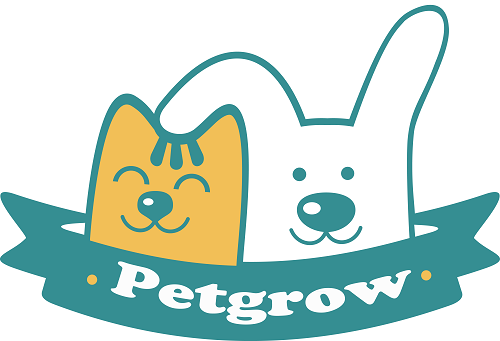Wondering how much artificial grass really costs in 2025?
Whether you are planning a small dog run or a full backyard makeover, understanding the budget is the first step. Many homeowners save up to 50% by going the DIY route.
Here is a transparent breakdown of the costs to help you plan your project.

1. The Cost of Materials (The Grass)
The price of the turf depends on quality, pile height, and density. At PetGrow, we offer options for every budget:
-
Budget-Friendly Option: If you are covering a large area, our PetGrow 1.38 inch Economic Grass is a great choice. It offers a lush look at a wallet-friendly price point, perfect for low-traffic areas or decorative lawns.
-
Premium Option: For high-traffic areas or active dogs, we recommend the PetGrow 1.38 inch Standard Grass. It has a higher density and looks incredibly realistic, mimicking natural fescue.
| Product Tier | Estimated Cost (Per Sq. Ft.) | Best Use Case |
| Economy Turf | $1.50 - $2.50 | Large Areas, Decorative, Low Traffic |
| Standard / Pet Turf | $2.50 - $3.50 | Most Popular: Dogs, Kids, Backyards |
| Premium / Golf | $3.50 - $5.00+ | Putting Greens, High-End Landscape |
| Installation Materials | $0.50 - $1.00 | Weed Barrier, Staples, Infill, Tape |

2. Installation Accessories Cost
Don't forget the "hidden" costs of installation materials. You will need:
-
Base Layer: Crushed gravel (sourced locally).
-
Protection: Heavy Duty Weed Barrier (Essential to stop weeds from growing up through your new lawn).
-
Fixing: U-Type Turf Staples (To keep the grass firmly in place).
3. Labor Cost: DIY vs. Pro
-
Professional Install: Hiring a pro can cost between $6 to $12 per sq. ft. just for labor.
-
DIY Install: You only pay for your time! With our easy-to-install rolls, most homeowners can finish a standard backyard in a weekend.

Frequently Asked Questions (FAQ)
Q: Is it cheaper to install artificial grass yourself (DIY)?
A: Yes, absolutely. Professional installation typically costs between $6 to $12 per sq. ft. for labor alone. By doing it yourself, you can save thousands of dollars and only pay for the materials (turf + accessories).
Q: How long does artificial grass last?
A: High-quality turf like PetGrow is designed to last 15 to 20 years with proper care. It is UV-resistant and won't fade in the sun.
Q: Does artificial grass drain well for dogs?
A: Yes. Our turf features a highly permeable backing with drainage holes that allow urine and rain to pass through quickly, keeping the surface dry and odor-free.
The Bottom Line: Is it Worth it?
While the upfront cost is higher than sod, artificial grass pays for itself in about 3-5 years by eliminating water bills, mowing equipment, and fertilizers.
Ready to calculate your budget? Shop All PetGrow Artificial Grass Options


Share:
DIY Guide: How to Install Artificial Grass for Dogs in Your Backyard (Step-by-Step)
What to put under artificial grass for drainage?